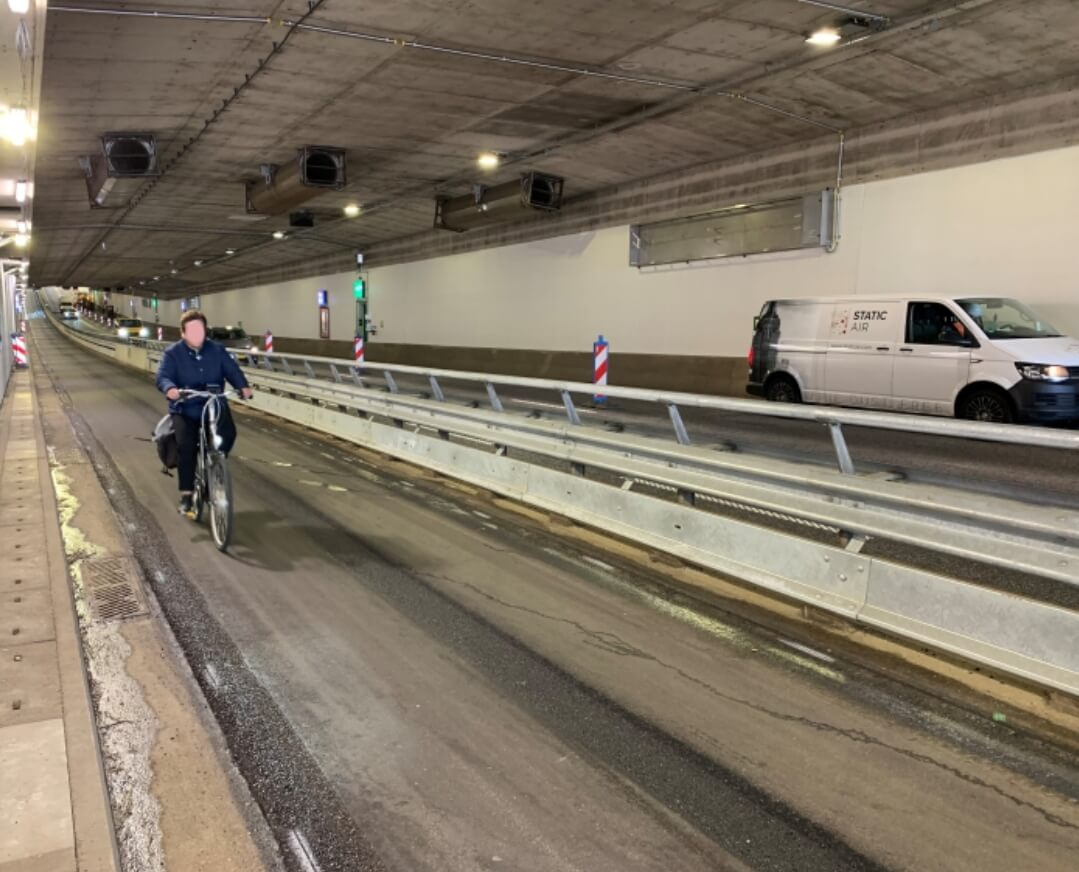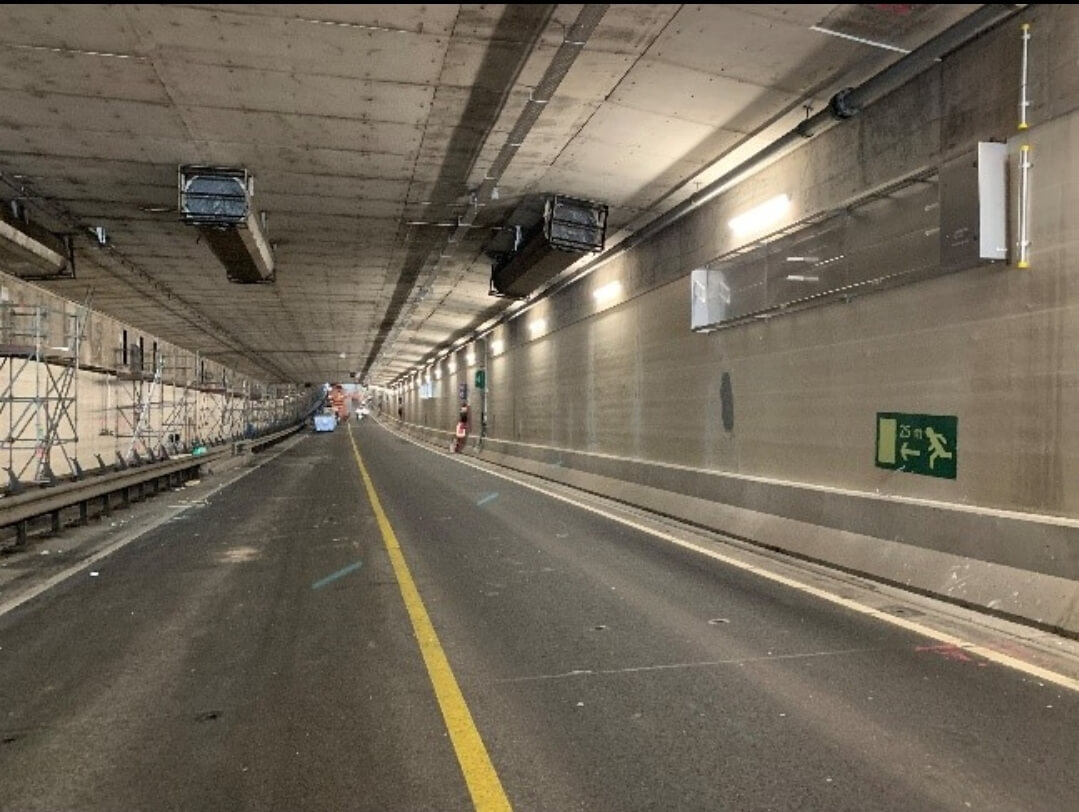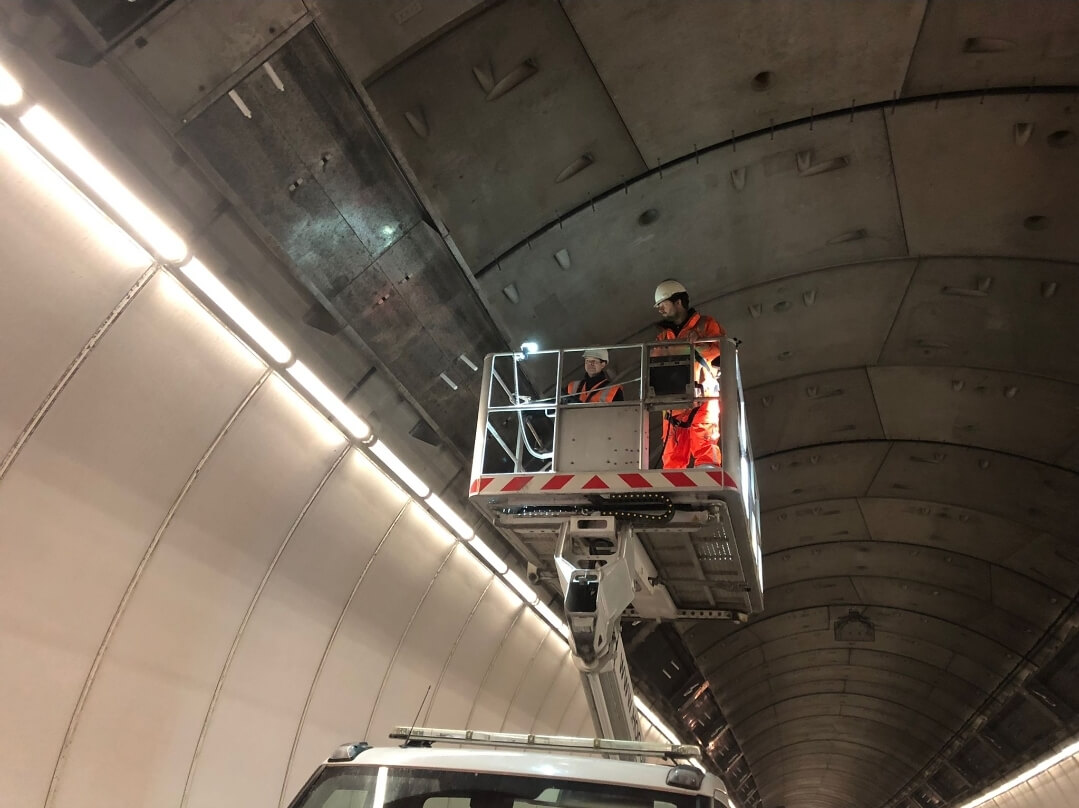Note: This is an English translation of the Dutch post, originally located at Vridiair Blog
In a world where the focus increasingly lies on health and well-being, the quality of the air we breathe plays an essential role. Especially in urban areas, people are often exposed to airborne pollutants, which can lead to health issues such as respiratory and cardiovascular diseases. To address these challenges, innovative technologies are being developed with the aim of improving air quality in various environments, including tunnels. In this text, we will discuss the StaticAir air purification system (FDRS air purifier), specifically designed for tunnels, and explore its benefits.
Challenges in Tunnels
Tunnels present a unique environment in which air quality is often compromised by various factors. The traffic passing through tunnels produces exhaust gases and fine dust, which can lead to an accumulation of harmful substances in the air. Moreover, the limited ventilation and enclosed nature of tunnels can further deteriorate air quality. This poses a challenge for both the health of people using the tunnel and the environment.
Sustainable Air Quality Technologies for Tunnels

To improve air quality in tunnels, various sustainable technologies are applied:
1. Ventilation Systems
Advanced ventilation systems are essential for maintaining good air quality in tunnels. These systems ensure a continuous supply of fresh air and the removal of pollutants, thereby reducing the concentration of harmful particles.
2. Air Purifiers
The FDRS air purification system (for air purification in tunnels) reduces and captures fine dust particles from traffic emissions in tunnels. The major advantage of this system is its low energy consumption and the absence of the need for expensive periodic filter replacements. This system, produced in the Netherlands, can be installed in both new and existing tunnels. An example is the Kiltunnel, where 20 FDRS systems have achieved a 57% reduction in fine dust (PM 2.5 - PM 10).
3. Air Quality Sensors
Air quality sensors are used to measure and monitor the concentration of pollutants in the air. By providing real-time data on air quality in the tunnel, operators can quickly intervene to improve air quality and protect the health of tunnel users.
Benefits of Sustainable Air Purification in Tunnels

The use of sustainable air purification in tunnels offers various benefits:
1. Health and Well-being
By improving air quality in tunnels, health risks for tunnel users are reduced. This can lead to a decrease in respiratory illnesses and other health issues, thus promoting the overall health and well-being of the population.
2. Environmental Protection
Reducing the emission of pollutants in tunnels contributes to lowering the ecological impact on the environment. This helps protect air and water quality and contributes to the sustainability of the ecosystem.
3. Safety and Comfort
Good air quality in tunnels contributes to the safety and comfort of tunnel users. By reducing the concentration of harmful substances, the risk of accidents and health issues is minimized , providing a safer and more pleasant driving experience.
4. Energy Efficiency
Sustainable air purification in tunnels with the FDRS air purifier can also contribute to energy savings and a reduced ecological footprint. Efficient ventilation systems and advanced air purifiers can further reduce energy consumption by optimizing electricity use and decreasing the need for heating and cooling.
5. Improved Operational Efficiency
Implementing the StaticAir air purifier in tunnels can also lead to improved operational efficiency. By enhancing air quality, tunnels can be used more efficiently, and operational issues resulting from poor air quality can be reduced.
6. Social Acceptance
Promoting sustainable air quality in tunnels contributes to the social acceptance of tunnel projects and infrastructure development. By demonstrating a commitment to the health and well-being of the community, support for such projects can be increased.
Implementation and Future Perspectives
The implementation of a sustainable air purifier from StaticAir in tunnels requires close collaboration between governments, infrastructure managers, technology providers, and the community. It is essential to invest in research and development to further advance and improve innovative solutions.
In the future, technological advances within StaticAir and new developments in air purification will further enhance air quality in tunnels and contribute to a safer and healthier transportation infrastructure. By continuing to strive for sustainability and innovation, we can transform tunnels into safe, healthy, and environmentally friendly passages for society.
Air Purification in Tunnels for a Sustainable Future

Sustainable air purification with the FDRS air purifier plays a crucial role in improving air quality in tunnels and protecting the health and well-being of tunnel users. By implementing this innovative technology and investing in sustainable solutions, tunnels can offer a safer, healthier, and more pleasant environment for residents and everyone traveling through them. With ongoing efforts and collaboration, we can continue to strive for a cleaner and more sustainable future for our transportation infrastructure.


